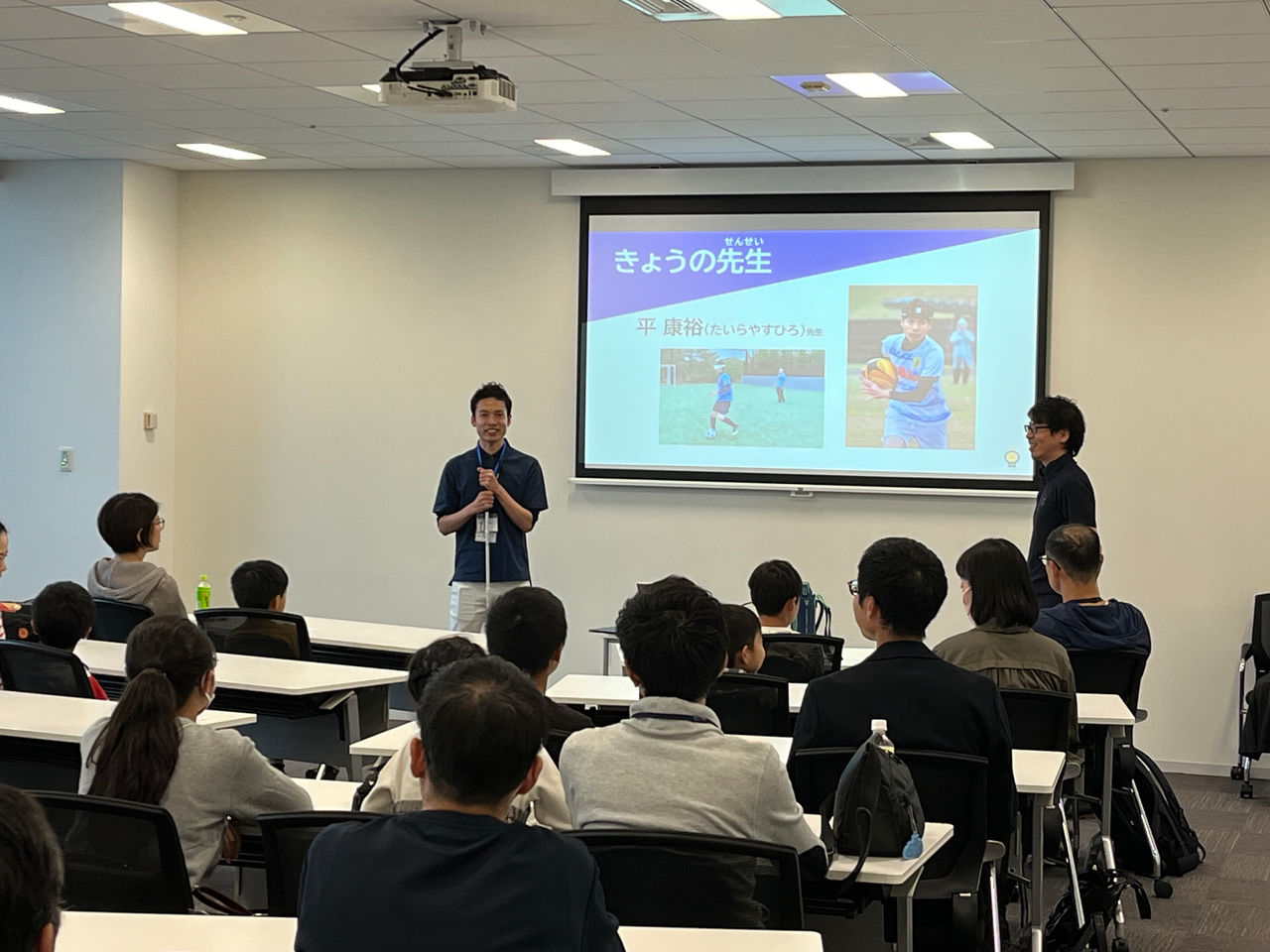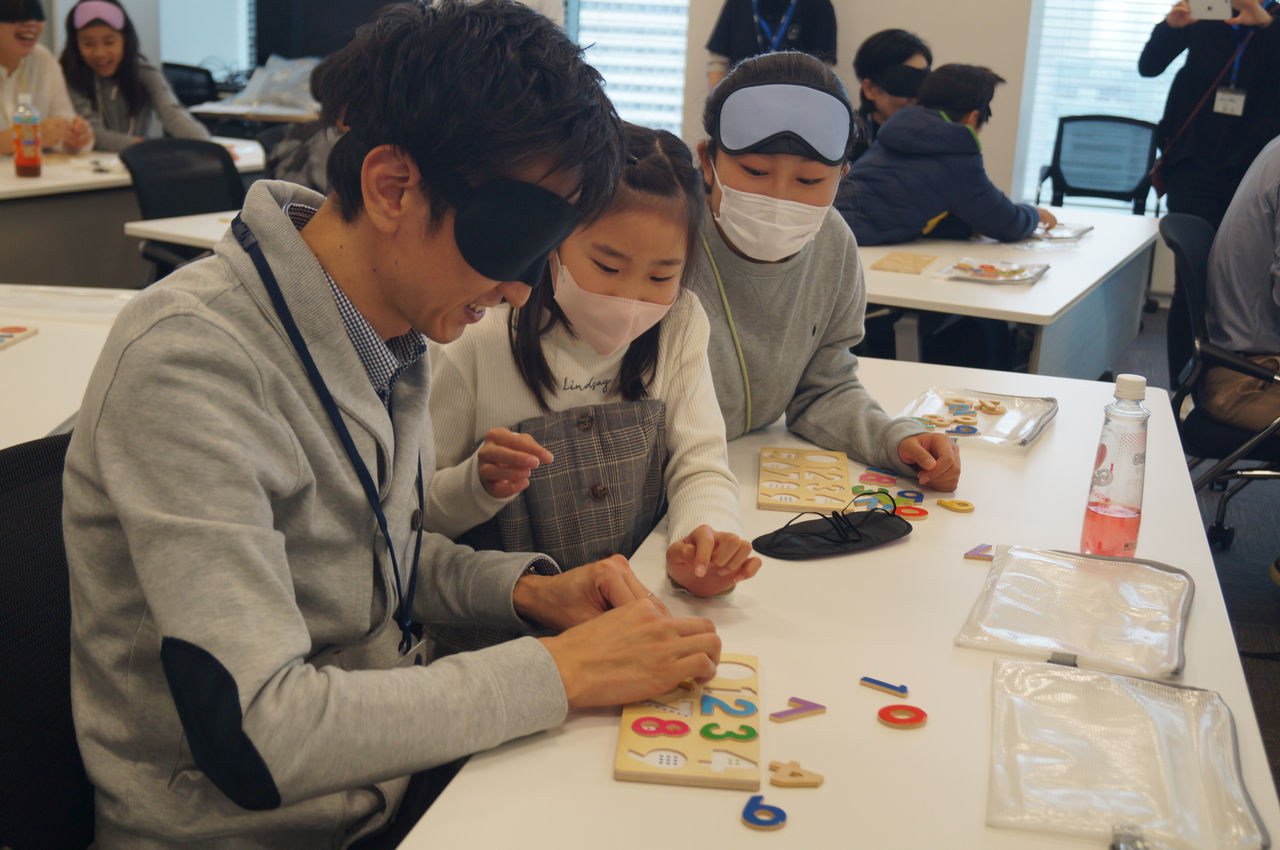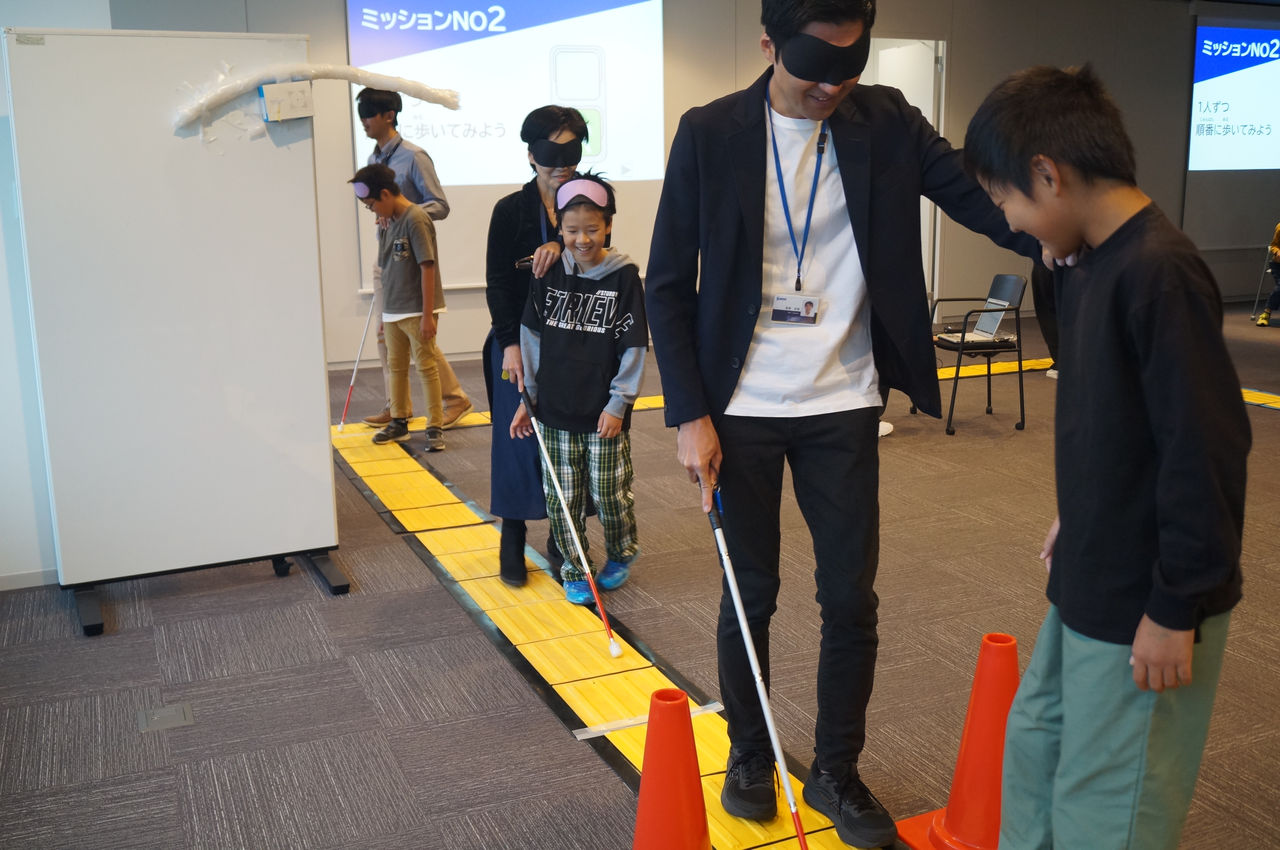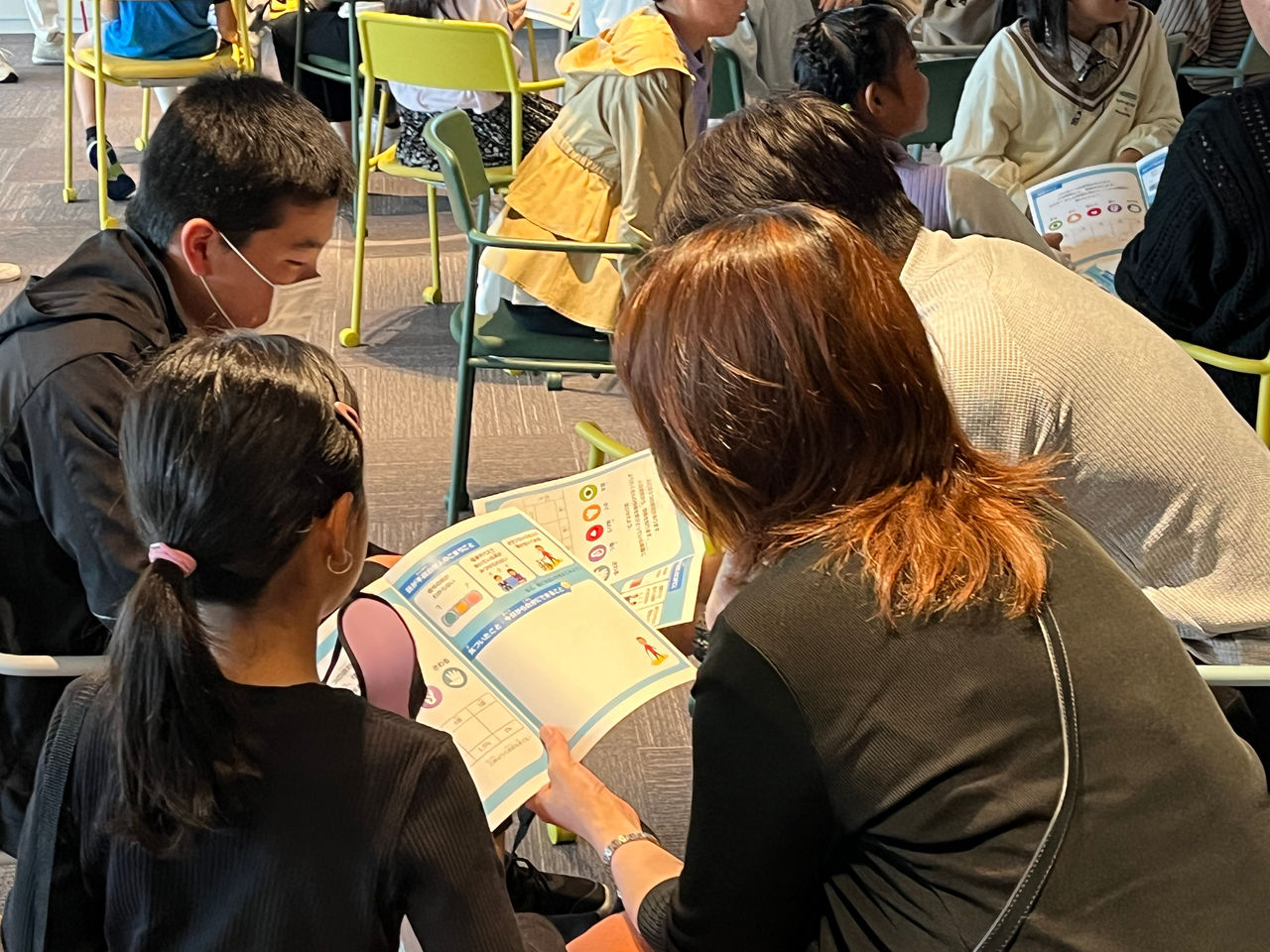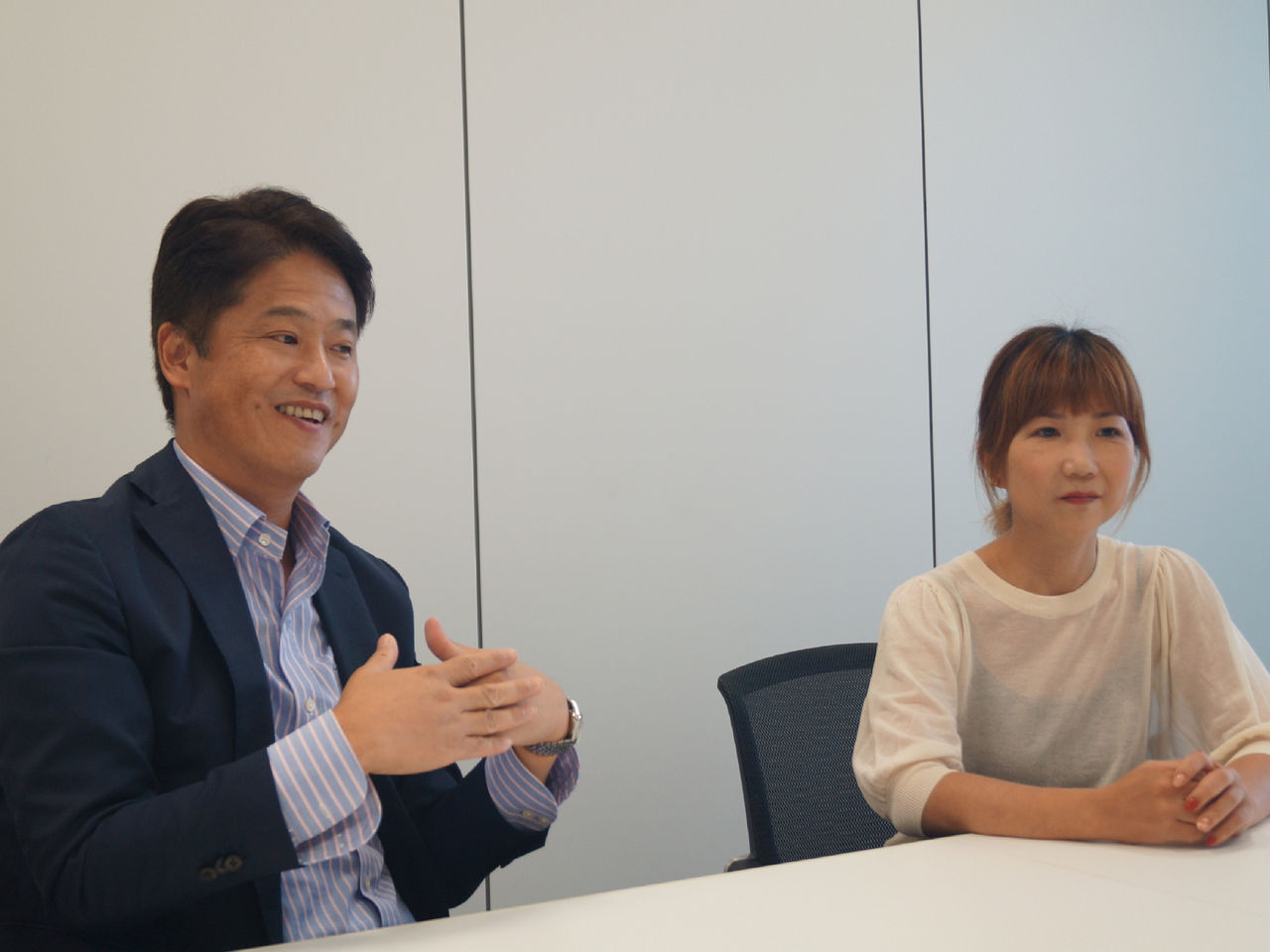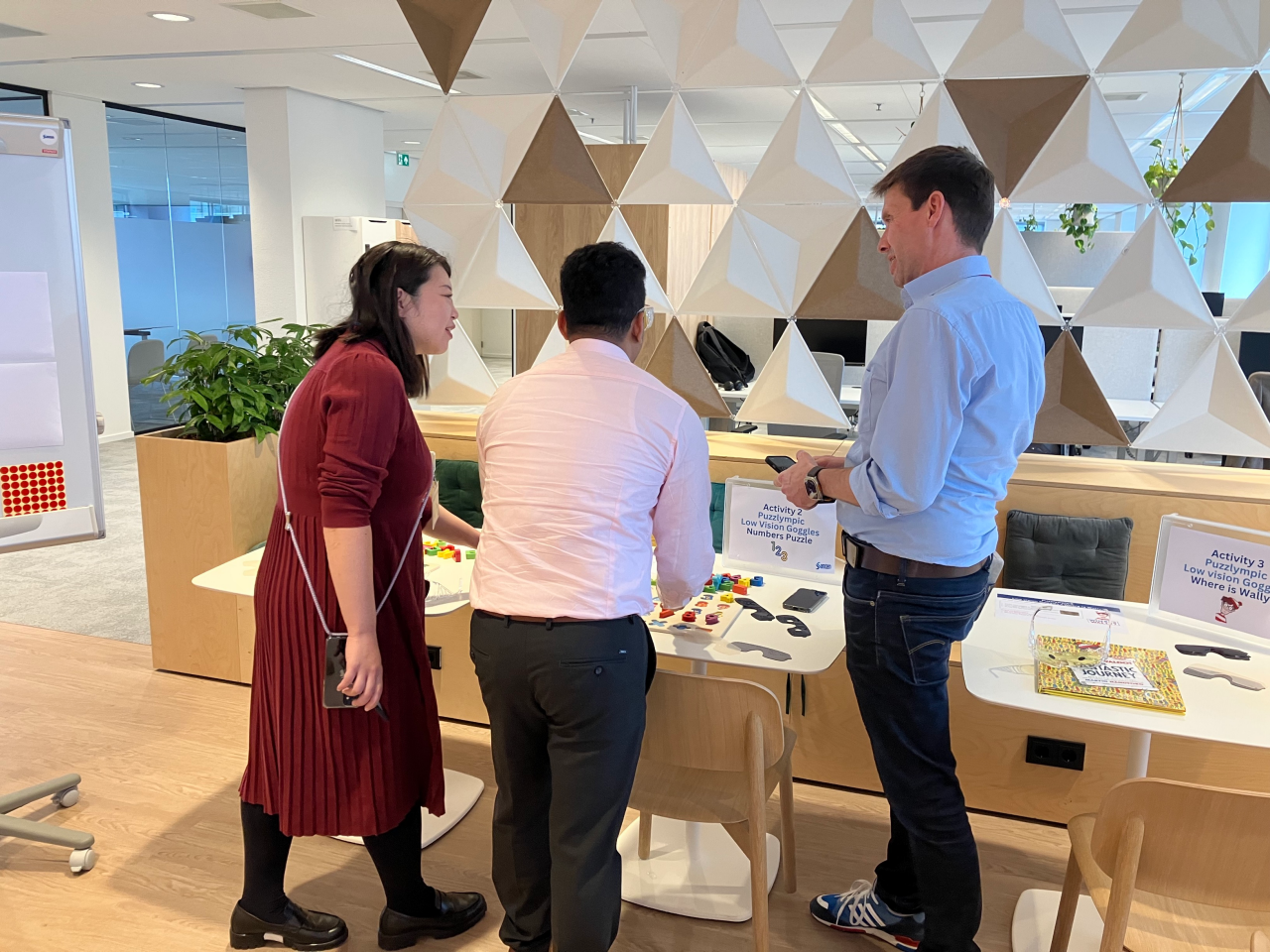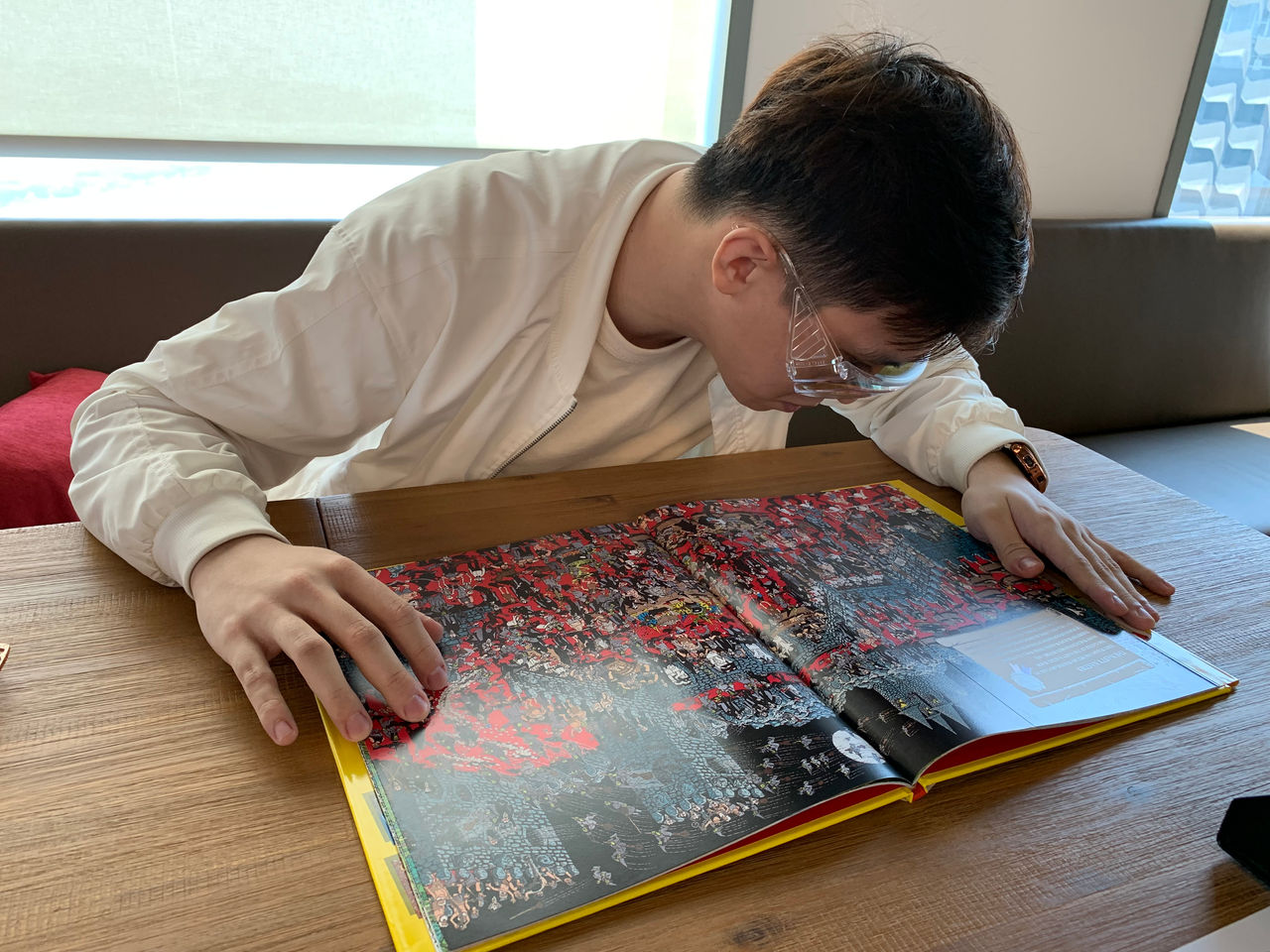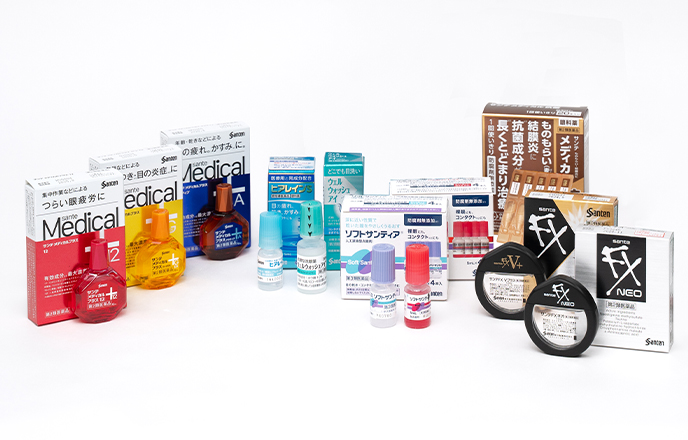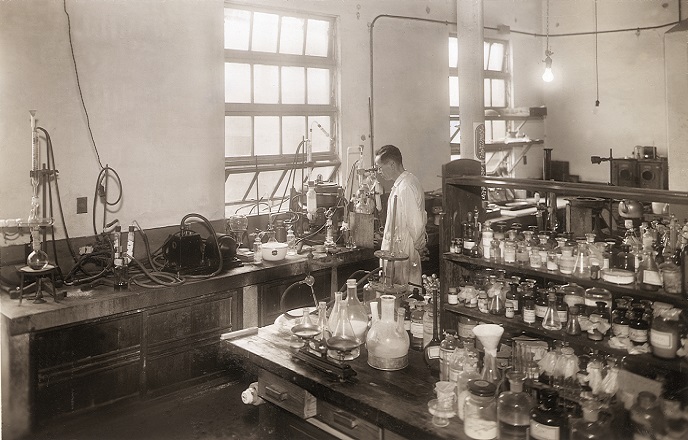・ The blindfold puzzle and the braille block experience were difficult but fun. I can’t see and moving around is hard. I was afraid of going the wrong way and bumping into something. (1st grade school student)
・ Blindfolded, the puzzle becomes really difficult. It was fun to guess the shape of the numbers with my hands. (2nd grade student).
・ Walking around blind is scary. I thought I might bump into people and I wouldn’t notice if I dropped something. I want to help people if they are in trouble. (3rd grade student)
・ When I was blindfolded and heard the sound of meat cooking, I didn't know what it was, but when I saw the correct answer, I thought, “What's that—steak?” I think being able to see is great. (4th grade student)
・ I participated in the event because I wanted to know what kind of lives blind people lead. From now on, I want to do what I can [to help], and I think the work my father does is amazing. (5th grade student)
・ I didn't know what braille blocks were for, so from now on I will talk to people with white canes if they are in trouble. (6th grade student)
・ After walking on the braille blocks, I realized that sometimes guidance is needed, but other times it’s not. I would like to lend a hand when someone needs it. (6th grade student)

